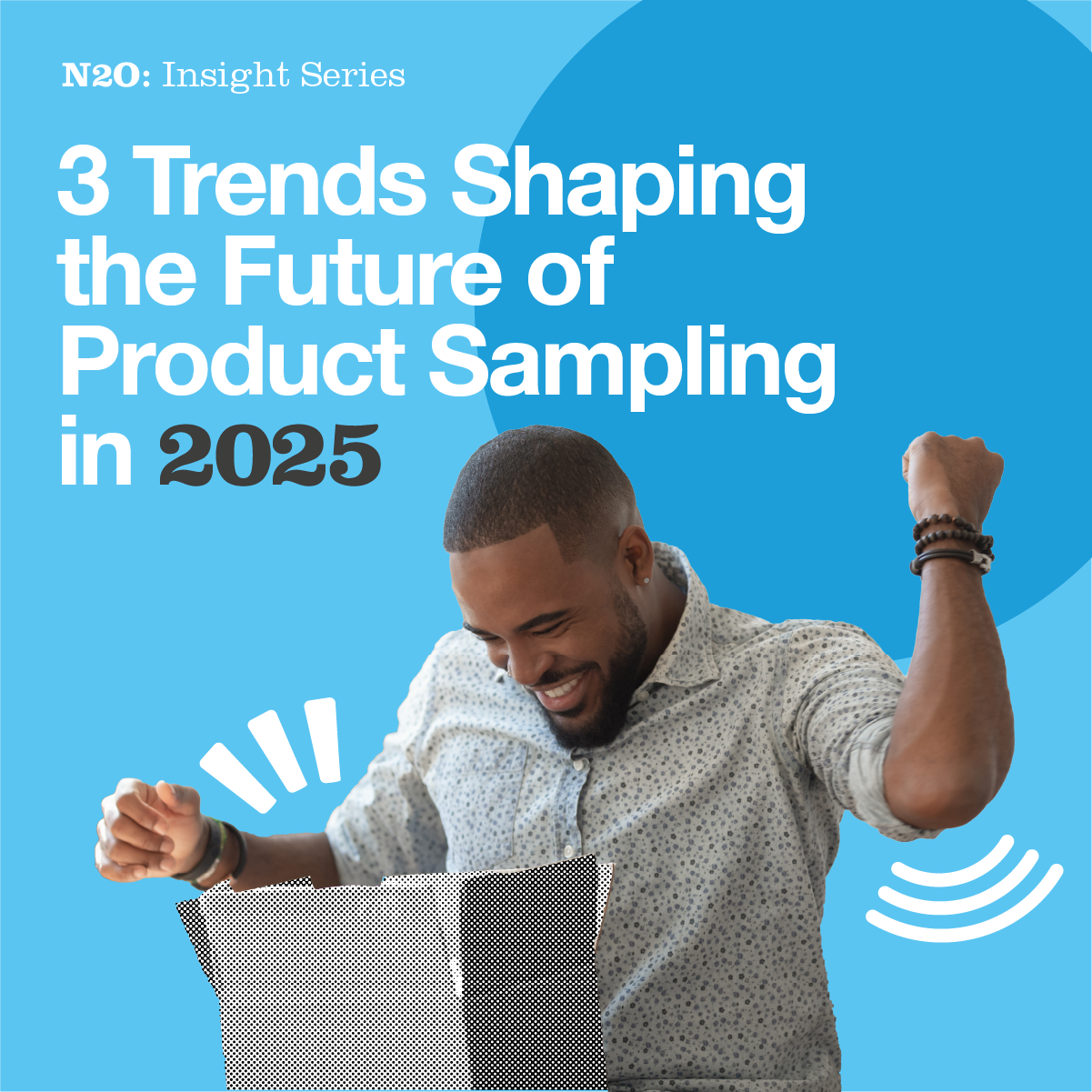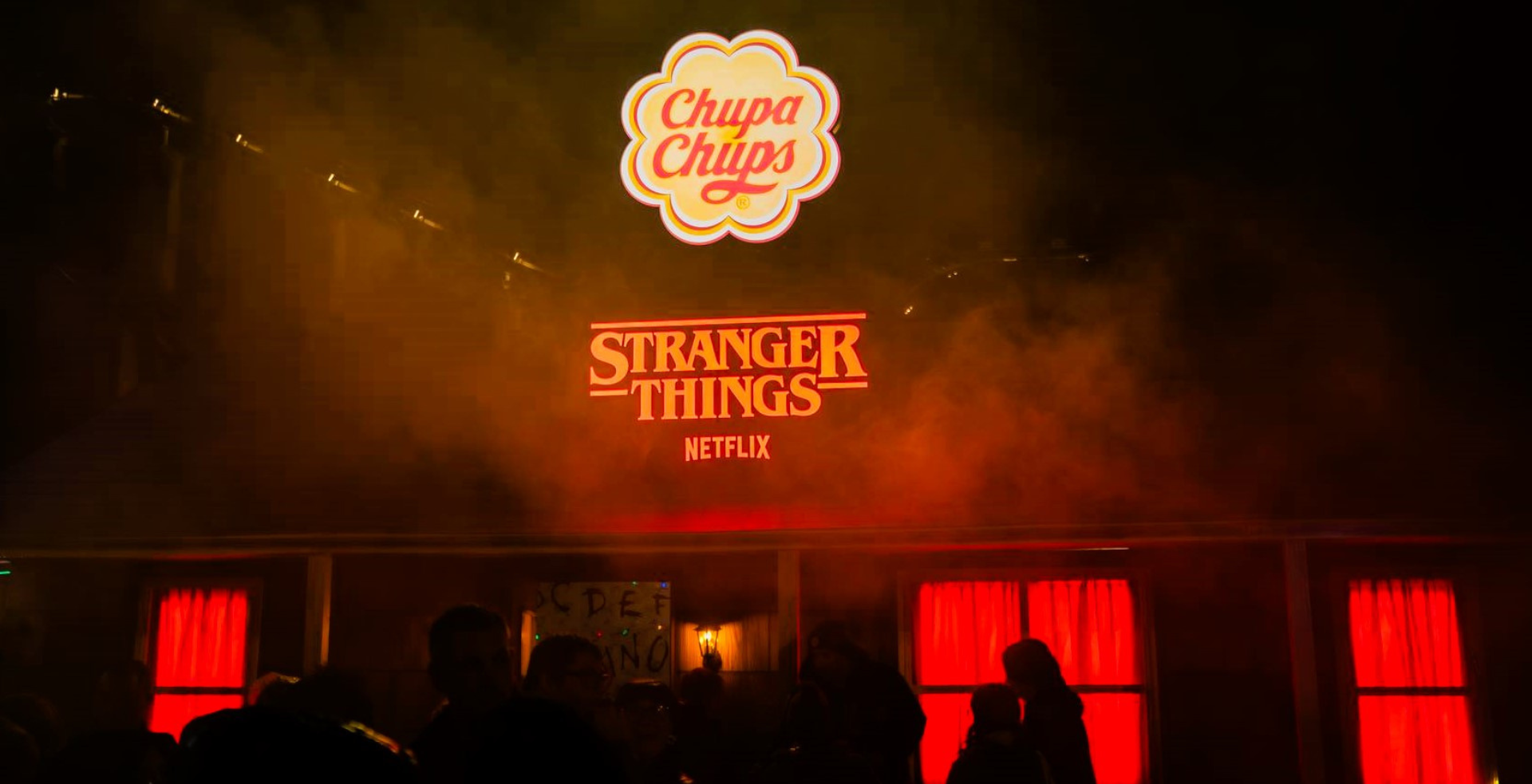Mass product sampling is a sure fire way to get your brand into the hands of a mass consumer audience, letting them try before they buy. But with this comes the risk of “hitting and hoping” that you land your product in the right person’s hands at the right time. One approach to optimise this is strategic targeting in mass sampling.
Defining Mass Sampling
Mass sampling is the distribution of free product samples to a large, diverse consumer base to increase brand awareness, foster loyalty, and drive product sales. However, a spray-and-pray approach may fall short in the crowded brand marketplace. Here, strategic targeting is the saviour, allowing brands to reach the right consumers with pinpoint accuracy.
Strategic Targeting: Deciphering the Consumer
Strategic targeting employs analytical tools, consumer data, and market research to identify and reach the most prospective customers. It deciphers the consumer, revealing their preferences, behaviours and needs. By understanding these details, brands can tailor their mass sampling campaigns to effectively resonate with the target audience.
1. Demographic Profiling:
Strategic targeting delves into demographics to filter out the optimal audience. Age, gender, income and occupation are crucial parameters to align the product with its intended users, ensuring that sampling efforts are not wasted on an indifferent crowd.
2. Psychographic Analysis:
Beyond demographics, strategic targeting explores psychographics—understanding consumers' lifestyles, values, interests and attitudes. This deeper insight allows brands to refine their campaign, making them more relatable and relevant to the audience.
3. Behavioural Analytics:
Behavioural analytics track consumer behaviours, purchasing patterns and interactions with brands. This data aids in forecasting consumer responses to mass sampling and when best to approach them, enabling companies to optimise their campaigns for maximum impact.
The Role of Technology in Strategic Targeting
Technology plays a pivotal role in enabling brands to execute strategic targeting in mass sampling proficiently. Advanced data analytics and AI empower companies to sift through vast volumes of consumer data, extracting actionable insights to steer the sampling campaigns in the right direction. This technological intervention ensures that brands can adjust their strategies in real time, addressing the evolving consumer needs and market dynamics adeptly.
Long-Term Benefits of Strategic Targeting in Mass Sampling
The precision and adaptability of strategic targeting in mass sampling provide enduring benefits to brands. Identifying the optimal consumer and when best to target them specifically based on their desires, needs and shopping behaviours allows brands to get their products to the right people when they’re open to trying something new. The resultant brand-customer relationship fostered by engaging at the right time ensures sustained brand loyalty and the ability to grow new prospective audiences.
Conclusion
Navigating consumer necessities in sampling requires a harmonious blend of intuition and strategy and the strategic targeting power of smart mass sampling is the compass guiding brands through this journey. By adopting a consumer-focused approach and harnessing technology, brands can ensure that their mass sampling efforts are not shots in the dark but well-aimed arrows hitting the bullseye of consumer interest in the competitive sampling market.





.png)



















































































.jpg)







.jpeg)



.png)


















